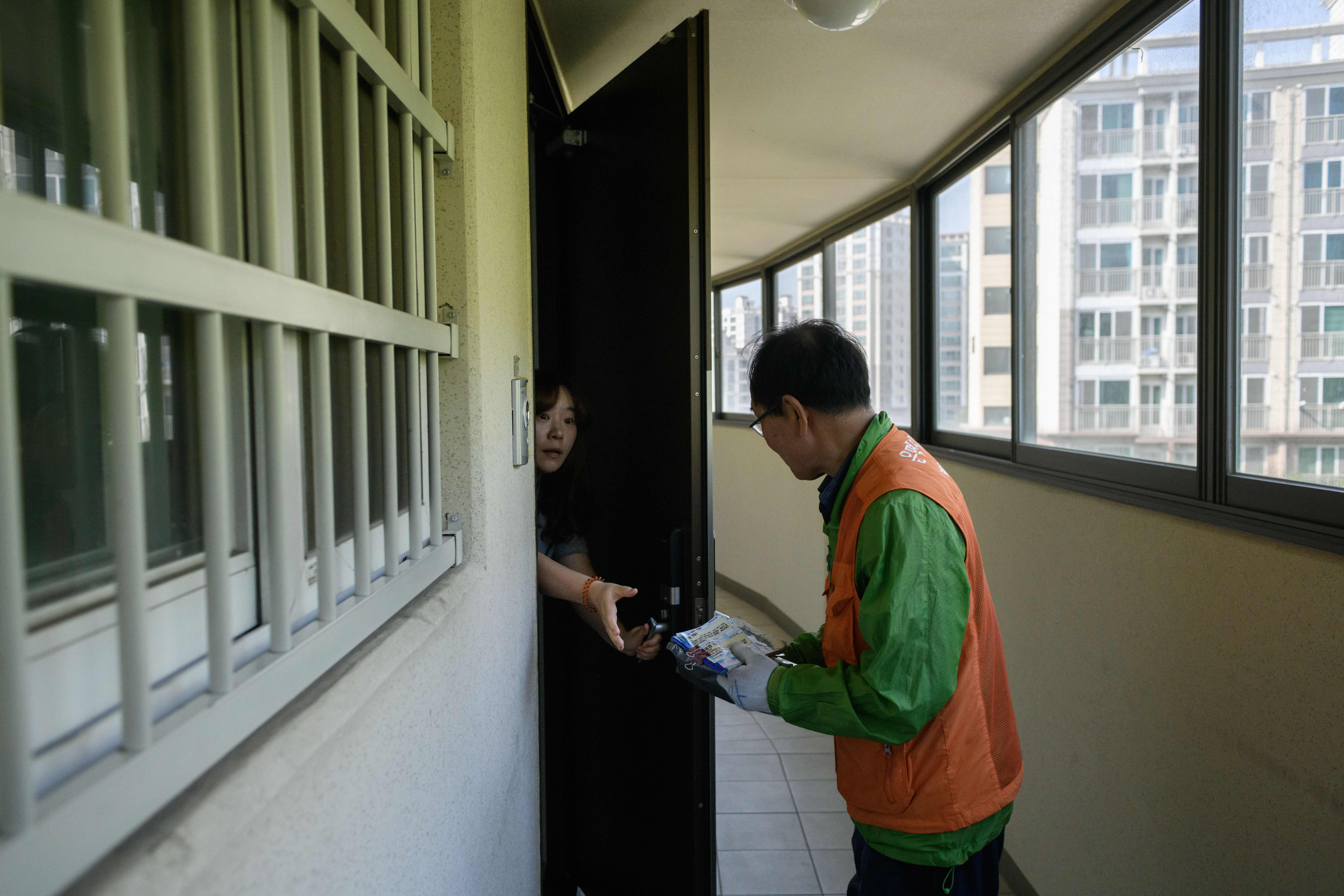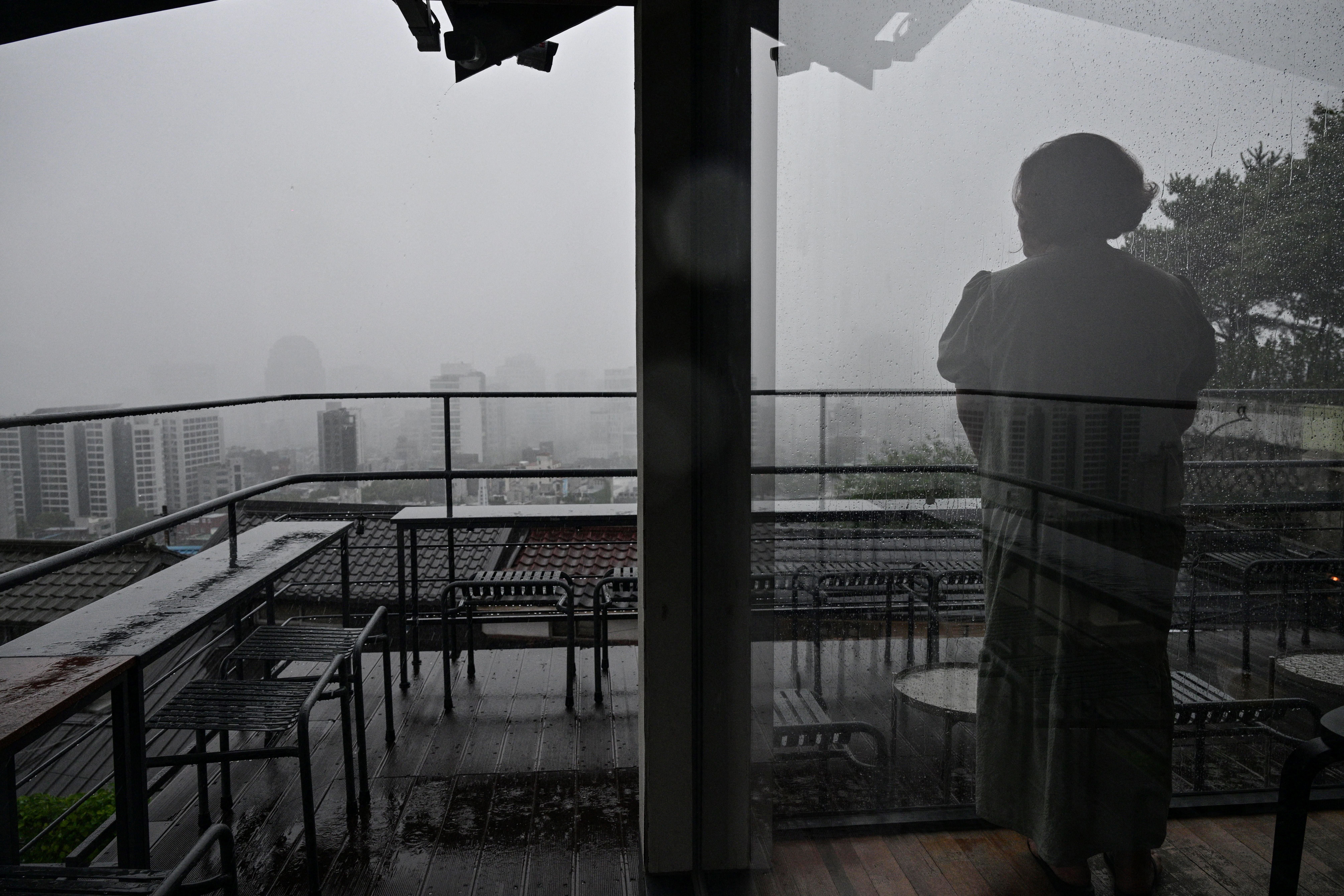South Korea now has more than 10 million single-person households, a first for the country’s history and a demographic shift reflecting the low birth and marriage rates and an ageing population.
According to data released by the Ministry of Interior and Safety on Wednesday, the total number of households rose to about 24.12 million, with single-person households reaching approximately 10.12 million, reported Yonhap. This means that 42 per cent of all households now consist of just one person, up from 39.2 per cent or 9 million in 2020.
In the same time period, South Korea’s registered population declined from roughly 51.83 million in 2020 to 51.22 million in 2024, marking the fifth consecutive year of population decrease, albeit with a gradually slowing decline rate.
The rising prevalence of single‐person households is mainly due to an ageing population and changing attitudes among younger generations. Data from Statistics Korea reveal that of the 5.65 million households with members aged 65 and above, 2.13 million seniors live alone, reflecting a 37.8 per cent year‑on‑year increase from 2023, according to The Korea Herald.
Meanwhile, young Koreans are also choosing to live solo; of the 10 ten million one‑person households, 3.2 million are in their 20s and 30s, while 3.81 million are aged 60 or above.
The trend is particularly stark in urban hubs like capital Seoul, where the share of single-person households surged from 29.5 per cent in 2015 to 39.3 per cent in 2023, Seoul-based real estate service RSQUARE told The Korea Economic Daily. Nationwide, single-person households reached approximately 9.9 million by the end of 2024, representing 41.5 per cent of all households.

This demographic change has also been driving significant changes in South Korea’s real estate market, as demand has grown for housing options tailored to smaller households. Traditionally dominated by a build-to-sell model, where developers construct apartments to sell individually, the market is witnessing a notable shift towards build-to-rent properties by companies aiming steady, long-term returns.
Global firms like Australian real estate group The Living Company opened its Korean office in Seoul’s Magok district in April 2025 to lead investments in rental homes aimed at single-person households. Similarly, US-based Greystar Real Estate Partners launched Korean operations last year, with plans to develop compact city apartments and senior residences.
Smaller housing units known as officetels, which are basically mixed-use buildings that combine living and working spaces, have thus grown popular. According to Real Estate Asia, the share of households living in officetels in the Seoul metropolitan area almost doubled from 2.8 per cent in 2017 to 5.2 per cent in 2023.
There are multiple intertwined social and economic factors that are driving this growth in single-person households in South Korea. The country’s ageing population naturally contributes to more seniors living alone, as losing a partner and personal preference increase solo living among older adults.
Younger generations however, are postponing marriage and childbirth amid soaring cost of living, declining quality of life, job market uncertainties, and a focus on traditional gender roles.
Evolving attitudes among the younger generations also mirror the change in social and cultural norms. Traditionally, leaving the parental home in South Korea was closely tied to marriage and starting a family, a practice common to many Asian countries. However, many young Koreans view moving out as a step toward personal freedom and autonomy, further driving the growth in solo living arrangements, The Korea Herald reported.
However, this rise in solitary living has seen the emergence of extreme loneliness and social isolation. A 2022 survey by the Seoul Institute found that 62 per cent of single-person households reported experiencing loneliness, while city estimates indicate about 130,000 young residents suffer from social isolation. Alarmingly, more than 3,600 cases of “lonely deaths”, where individuals die alone and remain undiscovered for extended periods, were recorded across the country in 2023, according to data released by the ministry of health and welfare.

In an effort to tackle the issue, Seoul launched the “Loneliness-Free Seoul” initiative last year, a five-year plan with a budget of 451.3 bn won (£240.6m) to ensure none of its residents feel alone.
“Social issues like low happiness levels, high suicide rates and depression are all related to loneliness,” Seoul mayor Oh Se Hoon said during a press briefing while unveiling the plan.
“Loneliness and isolation are not just personal challenges but societal issues we all need to address. We are committed to leveraging all of our administrative resources to create a ‘loneliness-free Seoul,’ ensuring meticulous management from prevention to returning to society and preventing further isolation.”
In 2023, the ministry of gender equality and family announced that it would provide up to 650,000 won (£346.6) per month to isolated youths, in an effort to support their “psychological and emotional stability and healthy growth”.
South Korea indicts former first lady Kim Keon Hee on criminal charges
Another country bans mobile phones in school classrooms
Korean Air strikes £37bn deal to buy over 100 Boeing aircraft
Kim Jong Un supervises new missile tests with ‘unique technology’
South Korean president says he dodged ‘Zelensky moment’ in White House
South Korea fires warning shots at North Korean soldiers for ‘crossing border’







